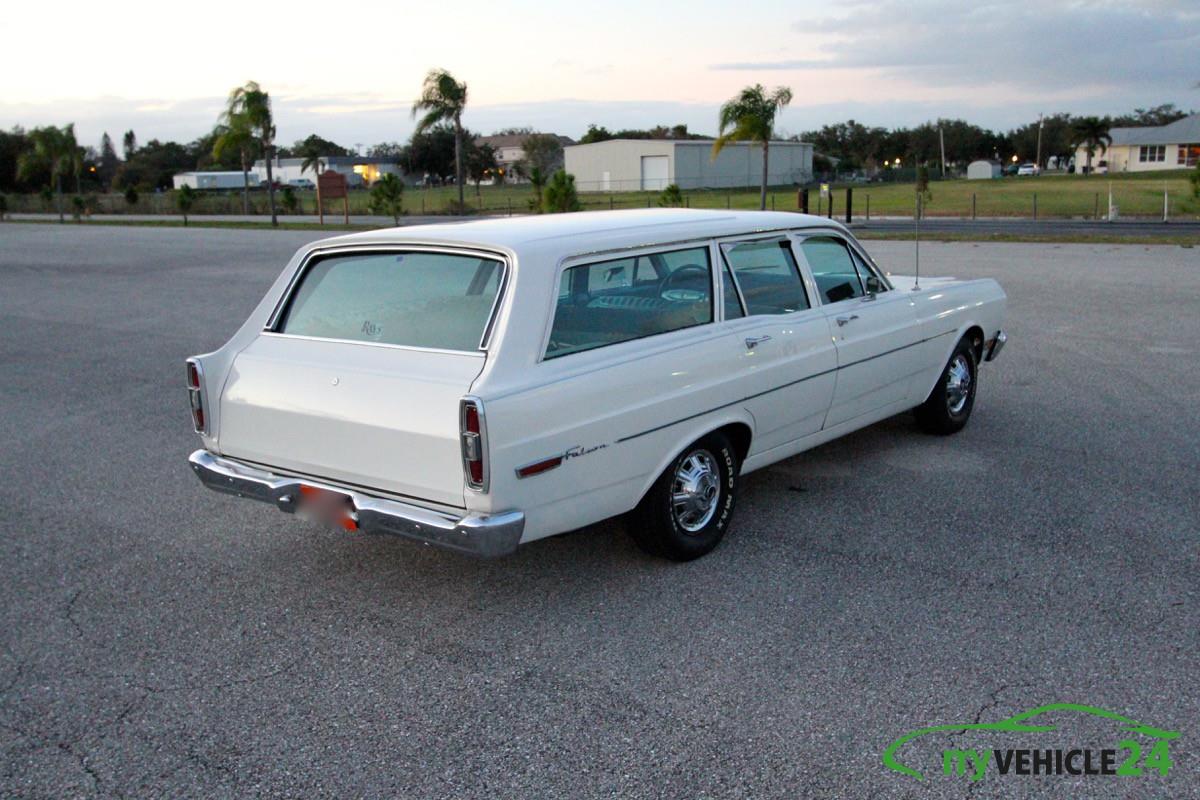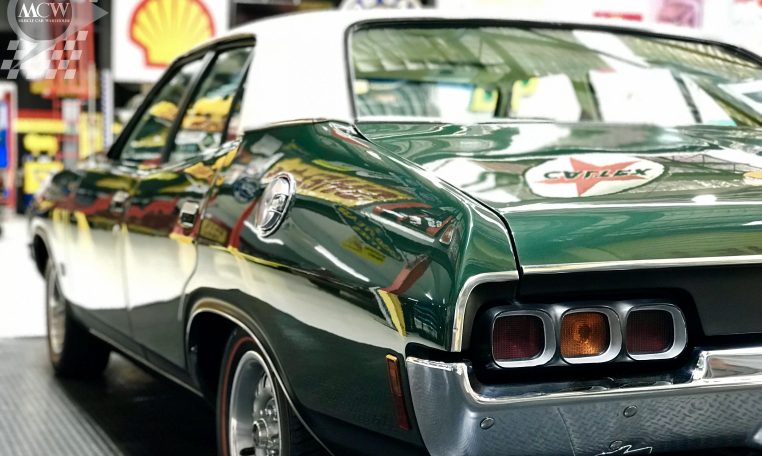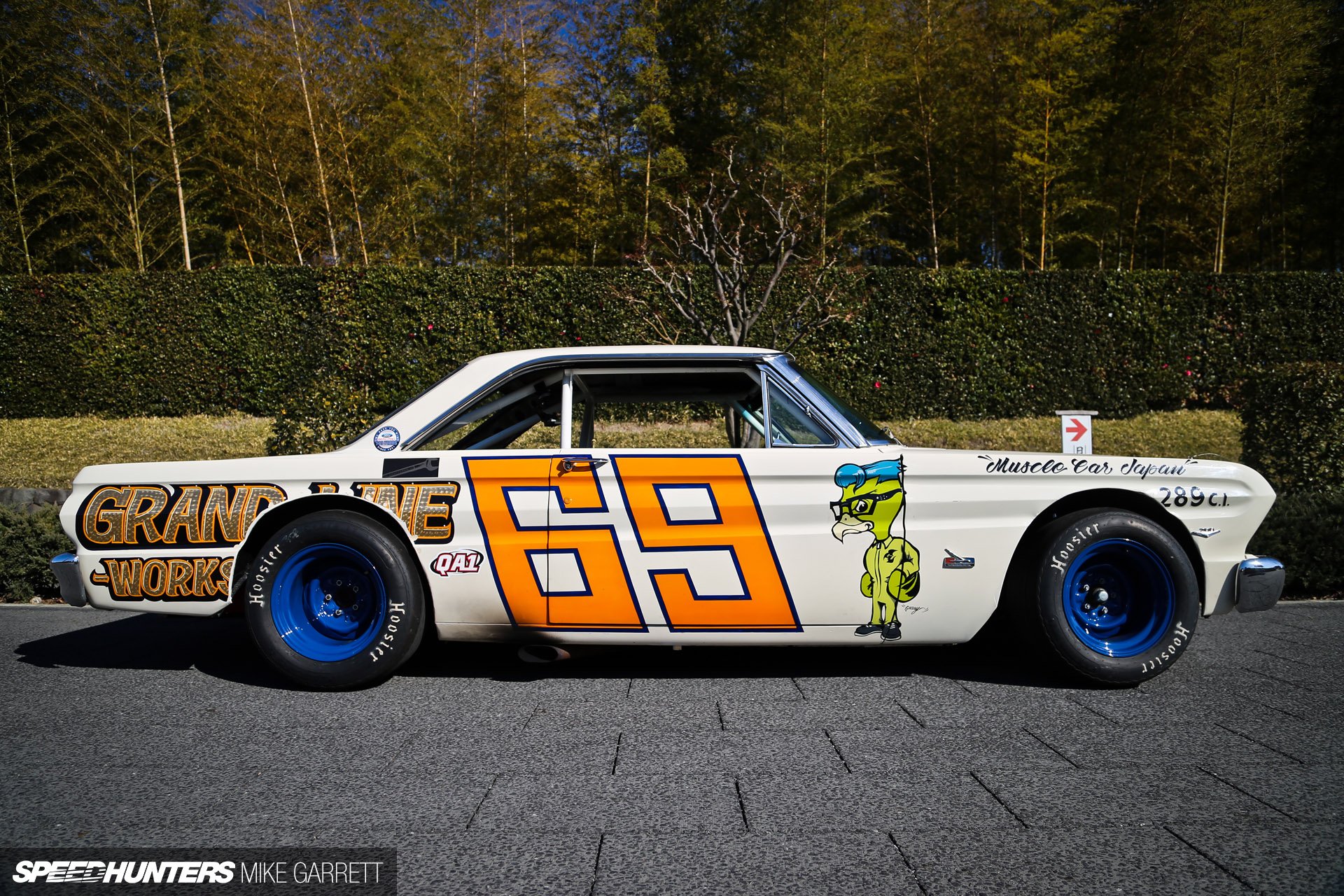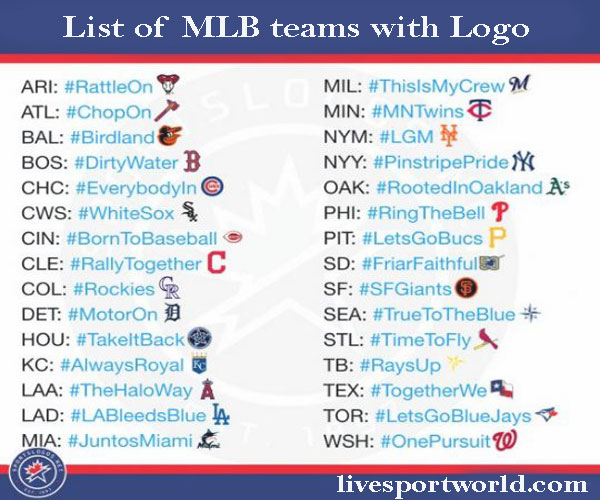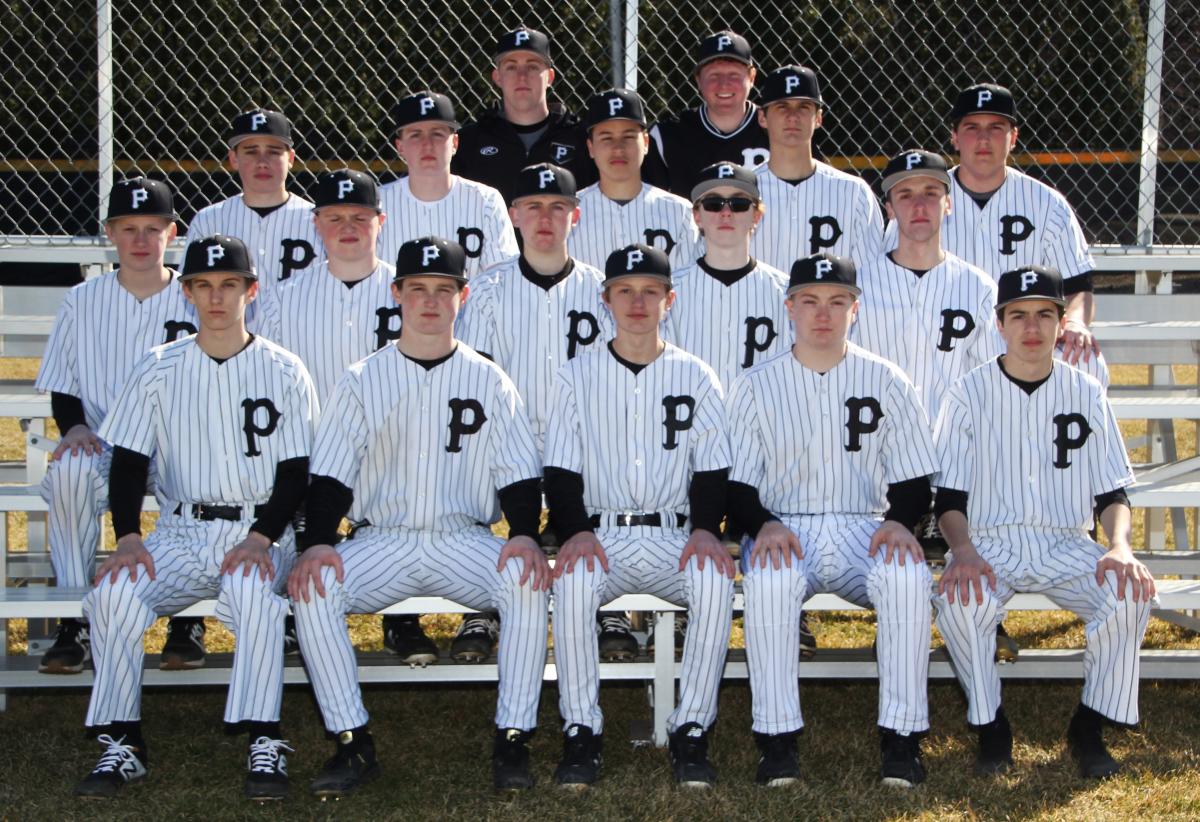Made by a company, appropriately, called Mini Muscle Cars, the 80-percent size Ford Falcon XB GT Coupe and HQ Coupe both took some serious dedication. The mini muscle cars are made from custom fiberglass bodies in the shop, and are made so they can be removed and also to fit the standard frame chassis. The 20-percent reduction in size is not wasted on the 4.0-liter Rover V8 engines, which are backed by sequential 6-speed transmissions. To give the driver full control, they ride on fully adjustable suspensions, which is basically a necessity with these kinds of builds.
Is The Ford Maverick A Muscle Car The combination of a little over 1,7000 pounds and 200 horsepower is devilishly fun, for a fraction of the space. In a world first, Lloyds Auctions will offer NFTs alongside the sale of the "physical" classic Aussie muscle car. And just one of those NFTs could sell for more than the original car was worth in 1971. The Ford Falcon GTHO Phase III depicted in those artistic representations on the blockchain is expected to break Australian auction records tomorrow, September 25. Lloyds Auctions chief operating officer Lee Hames said the 'physical' Ford Falcon GTHO Phase III in Yellow Glo was receiving a lot of attention across Australia.
The car was expected to sell for a high 7-figure amount come auction day, breaking a record for the most expensive road registerable Australian classic, he said. And for the first time, Lloyds will offer NFTs, or non fungible tokens issued and verified through blockchain technology, coinciding with the physical auction. Lloyds has tasked Queensland-based Blockstars Technology to develop its NFTs. According to its website, Blockstars Technology is one of the leading Australian all-in-one blockchain technology company created by passionate and highly skilled group of blockchain enthusiasts. It's developers have experience in leading blockchain frameworks including Hyperledger Fabric, Ethereum and R3 Corda. "We are very excited to be taking lead on this trending blockchain technology that Blockstars Technology have created for Lloyds." An NFT is an item of value stored on an internet technology called blockchain.
This certifies that the digital asset is unique and provides irrefutable proof of ownership. "The digital blockchain classic car auction has been up for only two weeks and already bids are far exceeding the original 1971 retail price of just over $5000," Mr. Hames said. Ford's partnership with Carroll Shelby defined the automaker's prowess in muscle cars. As an accomplished racecar driver throughout the 1950's, Shelby's retirement from the sport in 1960 gave rise to his prolific career as a specialty car designer.
Through his company, Shelby-American, Carroll Shelby was free to experiment with some of the generation's most innovative parts and components. Shelby's endeavor reached Dave Evans of Ford, who agreed to provide a 221-cubic-inch and 260-cubic-inch V8 engine with transmission. Combined with the AC Ace chassis, Shelby's experiment, literally called the Carroll Shelby Experimental, would eventually be the Shelby AC Cobra. Ford and Shelby-America would go on to produce iconic models such as the first generation Shelby GT350 from 1965 to 1967. However, as the muscle car market started to heat up in the early to mid 1960's, Ford introduced the 1964 Fairlane Thunderbolt as a limited-run experimental car specifically engineered for drag racing.
The Thunderbolt was based on the basic two-door post sedan, and featured a relatively lightweight body coupled with a 427 cu in (7.0 L) V8 engine featuring dual 4-barrel Holley carburetors. The latter were intended for the full-size Galaxie, but that car was considered too heavy for the racing circuit. In 1971, the Ford Falcon GTHO Phase III and the Holden Torana SLR 5000 and XU-1 were released and termed 'muscle cars'. A muscle car is a small to mid-size vehicle body with a large powerful V8 engine replacing the standard one. The car is often remade with special trim, designed for maximum acceleration on the roads or in drag-racing competitions.
The 1970½ Falcon was offered in three body styles , including a two-door pillared sedan , four-door sedan , and five-door station wagon . To comply with federal safety regulations, the Falcon was fitted with a locking steering column and 3-point outboard seatbelts. As the lowest-price intermediate series, the Falcon was marketed with a limited number of luxury and convenience options, including standard manual windows , radios , and air conditioning . The model line was offered with the entire range of powertrains offered to Ford intermediates, ranging from a 155 hp 250 cubic-inch inline-6 to the 370 hp 429 Cobra Jet Ram Air V8. When the facelifted EF was introduced in August 1994, it brought with it a new curvaceous body shape while sharing its doors and most of its body structure with the earlier EA–ED series cars. Unlike the sedan, the station wagon inherited the rear styling of the ED series.
Cup holders were now prominent features in all models, and Ford paid particular attention to safety. A driver's airbag was made standard on all variants, a first for an Australian car, even though the Holden VR Commodore was the first to feature it as an option. From the outside, the reinforced body gave added rollover strength and front collision protection.
An original innovation introduced in the EF range was the "Smart Bar". A bullbar developed to work seamlessly with the vehicle's airbag system. The XH series Falcon utility and van, released in 1996, were essentially XG models facelifted to resemble the contemporary Falcon EF sedans and wagons.
The XH also gained an all-new front suspension and rack and pinion steering from the EA–EL series cars. This meant changes to the frame and bodywork, from the firewall forward. The turret panel on the utility was now domed and lost its squared-off appearance, increasing interior head room. By this time, the popularity of the panel van had faded and Ford released their final Falcon panel van in 1997 as part of the revised XH II series. It was also with this model that the V8 engine was reintroduced into the Falcon utility commercial vehicle range. After 20 years, the fourth generation Falcon was discontinued in June 1999.
As the fuel crisis eased, Australians moved away from the downsized Commodore back to the traditional full-size Falcon. In 1982, for the first time in more than a decade, the XE Falcon, with its Watt's linkage coil-sprung rear suspension and fuel-saving differential ratios (4.1 L models) eclipsed its Holden rival in terms of sales. Ford Falcon remained number-one seller in Australia until 1988, when Holden returned to the full-size Australian sedan design. A manual transmission was available in three-speed column shift (in six-seater vehicles) or four-speed floor shift, with a five-speed floor shift also available with the base 3.3 L engine. An automatic transmission was available as a three-speed, column or floor shift.
The SS-V came equipped with a 6,0-litre V8 that sent 270 kW and 530 N.m of torque to the rear wheels through a six-speed manual or optional automatic transmission. This car was praised by many publications for being an accessible performance car but also criticised for featuring somewhat of a "cheap" persona. You don't quite know what it was, but it was based on the El Camino. The 1977 Holden Sandman was perhaps one of the most unique-looking muscle cars that you'd ever see. You'd also be hard-pressed to find something that was as fun to drive. The unique shell made it easy to use this as a high-powered cargo vehicle in a time when vans were still dinosaurs.
Many ford falcon users faced would have faced difficulties in maintaining their cars otherwise. Thanks to the local production, the classic 1969 ford falcon still is running in the market as one of the most precious muscle cars. In this article, you get to briefly learn the specification of the ford falcon series produced in 1969. Here you will read some of the genuine reviews from experienced ford users. The upgraded Cleveland V8 in the 1971 XY GTHO Phase III produced an estimated 385 brake horsepower , although Fords official figures for this motor were much lower. The 750 cfm Holley carburettor of the XW GT-HO Phase II was replaced by a 780 cfm Holley, along with numerous other performance modifications.
The Phase III was Australia's fastest four-door production car and possibly the fastest four-door sedan in the world at the time, with a top speed of 141.5 mph (227.7 km/h). Power figures are still debated today, as Ford still claimed 300 hp as the standard 351 Cleveland V8 in the GT though the GTHO Phase III received many modifications to increase its reliability and race performance. In 1972, Ford made the 15 in Globe 'Bathurst' alloy wheels available as an upgrade to the GTHO Phase III. The Phase I or 'Windsor HO' was fitted with the 351 in3 Windsor V8, but was replaced a year later with the 351 Cleveland, producing 300 horsepower in the Phase II GT-HO. Phase II GT-HO wheels featured a new five-slot design. A muscle car produced by Ford during the first few weeks of 1969, the Talladega was named for the Talladega Superspeedway, which opened in 1969. A more aerodynamic take on the Torino and Fairlane Cobra, the Talladega was created for NASCAR racing with the goal of making Ford more competitive.
However, a small number of the cars were sold to the public as well. To make the Talladega more aerodynamic, it had a sleeker front section. The production vehicles also included power steering, power brakes, color-keyed racing mirrors and argent styled steel wheels. The HG-series Monaro, introduced in 1971, had a reduced emphasis on performance—the GTS 350 was now down to 275 horsepower. The manual transmission was dropped for 1974, and when the facelifted version appeared the following year, the 350 was no longer on the option list.
Holden wasn't done with muscle cars; it had simply found a new formula. The 1962 model year had a Squire model of the four-door station wagon with faux wood trim on the sides. The bucket-seat "Futura" model was offered with a slightly upgraded interior, factory-installed safety belts, different side trim , and different emblems.
Halfway through the model year, Ford changed the roof line at the back window to more of a Thunderbird design and offered a four-speed transmission for the first time. In 1962, Ford introduced the Ford Falcon Club Wagon and Deluxe Club Wagon, an eight-passenger, flat-front, van. Ford also promoted that in a Mobilgas economy run, the Falcon got 32.5mpg. Visually similar to its forerunner, the BF update from October 2005 was developed with an emphasis geared more towards powertrain enhancements, rather than design.
The BF Falcon received various mechanical upgrades, including minimal engine modifications primarily within the VCT system aiming at individualising the cam operation/timing, and improvements towards noise, vibration, and harshness. The turbocharged version of same engine also received further gains in output, with peak power rising to 245 kilowatts and 480 N⋅m (350 lb⋅ft) of torque. Ford, with the BF, also introduced the six-speed ZF 6HP26 automatic transmission and electronic stability control, both of which were made available on selected trim levels. The next new model Falcon, the XR series, was introduced in September 1966.
Styling was based on the third-generation 1966 US Ford Falcon and it was promoted as the "Mustang bred Falcon". It was the first Australian Falcon to be offered with a V8 engine, the 200 bhp , 289 cubic inch (4.7 litre) Windsor unit. The XR marked the first time a V8 engine could be optioned in all trim levels of an Australian car, V8s having previously been reserved for the more up-market variants. The 144 in3 (2.4 L) six-cylinder engine was deleted for the XR series, leaving the 170 in3 (2.8 L) six as the base Falcon engine.
The American carmaker that helped change historyannounced recently that it will no longer include passenger cars in its North American offerings, with the exception of one legendary model — the Mustang. The iconic sports car survived the cutbacks (cue a collective sigh of relief from muscle-car lovers far and wide). With Ford ending its run as a manufacturer of passenger vehicles, here's a look at some of the most unforgettable and iconic muscle cars ever produced by the company, including its many legendary Mustangs from over the years. Many of the Australian built muscle cars were produced in limited numbers.
That's because many people are into collecting of these classic cars. They are investing in these Aussie icons because have an emotional connection, whether they always wanted one, they watched it race at Bathurst when they were younger, or they're just muscle car enthusiasts. Ford Falcon XR models, powered by either a 4.0-litre turbo six-cylinder or 5.4-litre V8 (XR8, which later scored a supercharged 5.0-litre V8), are most certainly muscle cars. As automotive technology caught up to regulatory requirements, muscle cars, led by Ford, made a resurgence.
The Fox Body Mustang, shorter and lighter with a wider wheelbase, benefited from a high-output 5.0l V8 and improved handling. The GT badge was re-introduced to the line, hearkening drivers back to the heyday of the brand. With multiple variations, special packages, and performance-based options, the Mustang stood as the lone Ford muscle car through the 1980s and into the start of the 1990s.
While the 70's in automotive history were defined by a sharp drive towards fuel efficiency, that didn't mean Ford muscle cars went away entirely. The Torino, introduced in 1968, was perhaps the most emblematic of Ford's muscle cars during the early to mid 1970s. Produced on the same wheelbase as the Fairlane, the Torino set itself apart with a distinctive fastback body with a "SportsRoof" bodystyle.
Before the heyday of Ford muscle cars in the 60's and 70's, Ford was under the leadership of Henry Ford II. During this time, the company was known for its focus on safety and reliability. However, as the 60's rolled around, other car manufacturers were starting to focus on performance. Acclaimed as Australia's ultimate muscle car, the 1971 Ford Falcon XY GTHO Phase III set a new standard in high performance on the road and race track. Legendary amongst the Ford faithful, the Phase III is also one of the rarest with only 300 ever built. The first edition allows you to relive the adrenaline-charged power and awesome good looks of this muscle legend in the "1971 Ford Falcon XY GTHO Phase III Golden Ingot" just released and only available from The Bradford Exchange.
Muscle cars are seen as an American phenomenon, but for a time in the 1960s and '70s, our fellow former colonists in Australia caught the muscle car bug as well. Here's how Ford, General Motors, and Chrysler responded to the Australian need for speed. Holden is a company that has its fair share of GM-powered muscle cars. The Holden HSV Maloo Ute was pretty much a modern El Camino, but for the Australian market. If the thing looks familiar it's because the Pontiac G8 was based on this. The Holden HSV Maloo Ute had a Corvette LS-powered engine and all of the horsepower that you could only imagine.
If you wanted a fast, superpowered truck overseas with muscle car feeling, this was the way tto go. Although you might think that you're staring at a GTO, the Ford Landau is one of the most well-known muscle cars around. Then you have other things such as a powerful rear-wheel-drive design and enough horsepower to pull a stump. Most of the world is into some sort of road rally racing, and to do this you need a fast all-wheel-drive car.
The Toyota Celica GT4 ST205 would still appear to be that car even though it has never been sold here stateside. The Toyota Celica GT4 ST205 had a lot of redeeming qualities that made it a notable performance coupe. In the world of overseas muscle cars, the GT4 is probably one of the most well-known ones you'd never think of. In an unprecedented move, at the 2008 introduction of the FG Falcon, the XR8 was the only V8 model available.
The unique 5.4 litre V8 produced 290 kilowatts /520 newton-metres (380 lb⋅ft). In June 2010, new emissions regulations introduced meant that the iconic V8 engine had to be discontinued. Ford phased this out quietly; motoring magazines did not even report on it. However, at the time the V8 was phased out, Ford's performance subsidiary, FPV, introduced a Ford America sourced V8, the 5.0 L Coyote . Prodrive specifically developed the engine in Australia to FPV's own standards .
A new FPV model, the GS, was released to "plug the hole" between the XR6 Turbo and the higher level FPV V8 models when the XR8 was phased out. The GS is an entry point to FPV, taking many of the sales that would have been destined for the former Ford XR8. Ford introduced their new Barra straight-six 4.0 litre DOHC VCT engines into the lineup, which included a turbocharged (240 kilowatts /450 newton-metres (330 lb⋅ft)) version and base line (182 kilowatts ) naturally aspirated version.
The BA also featured a new North American designed 5.4 L 4V Boss and Barra 3V V8 engines. Amongst the changes was a six-speed manual transmission, four new exterior colours, and revised wheels trims. A car with a 351 cubic-inch V8, known for its 330 horsepower and 370 pound-feet of torque, the 1971 Ford Mustang was a high-performance hit. Still, muscle-car fans were able to set that aside when considering the Mustang Boss 351's ability to go from zero to 60 in 5.8 seconds, and a quarter-mile in 14.1 seconds at 100.6 mph. Described by some as being one of the last true muscle cars, just 1,806 Ford Mustang Boss 351s were built in 1971.








